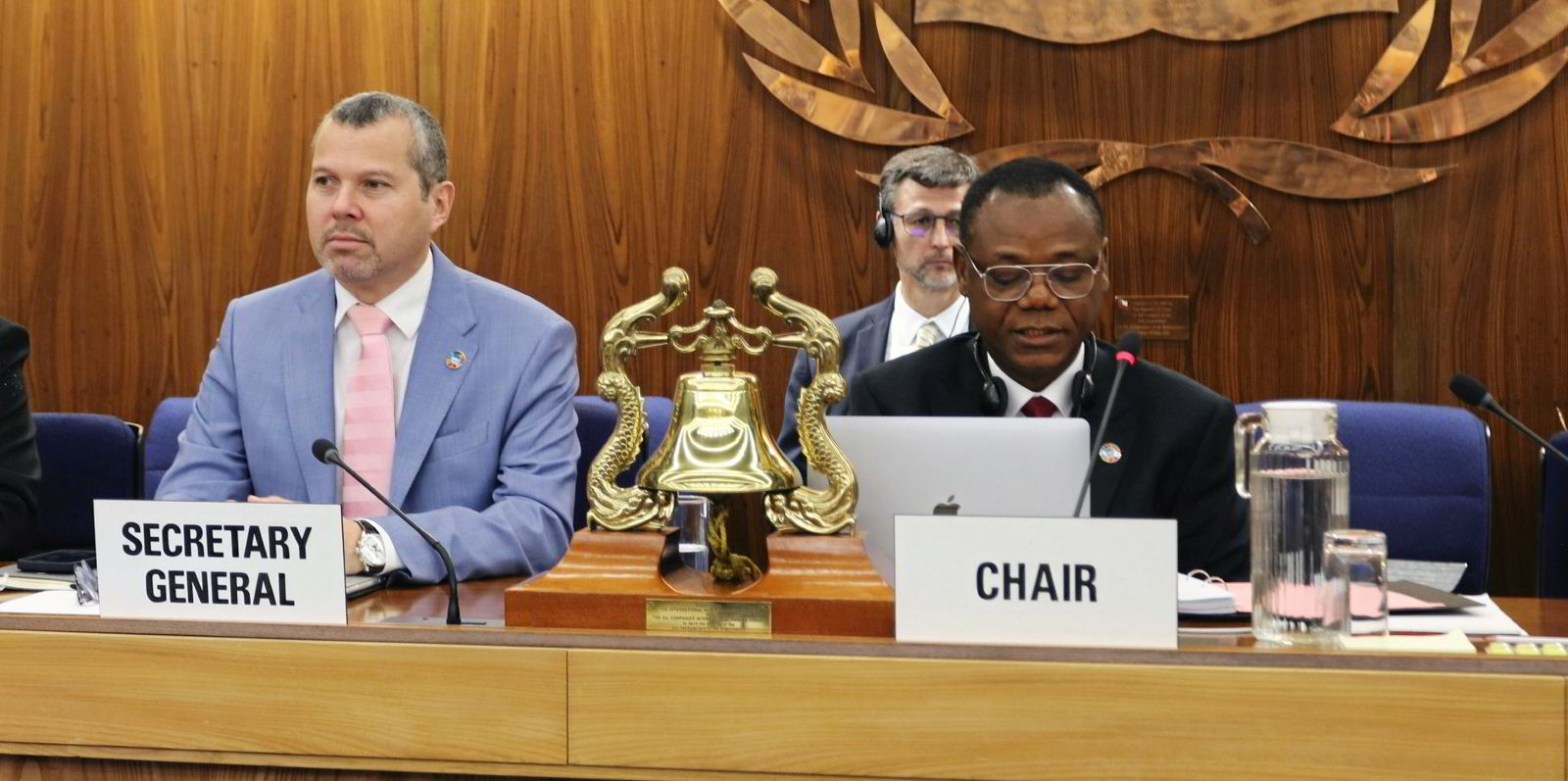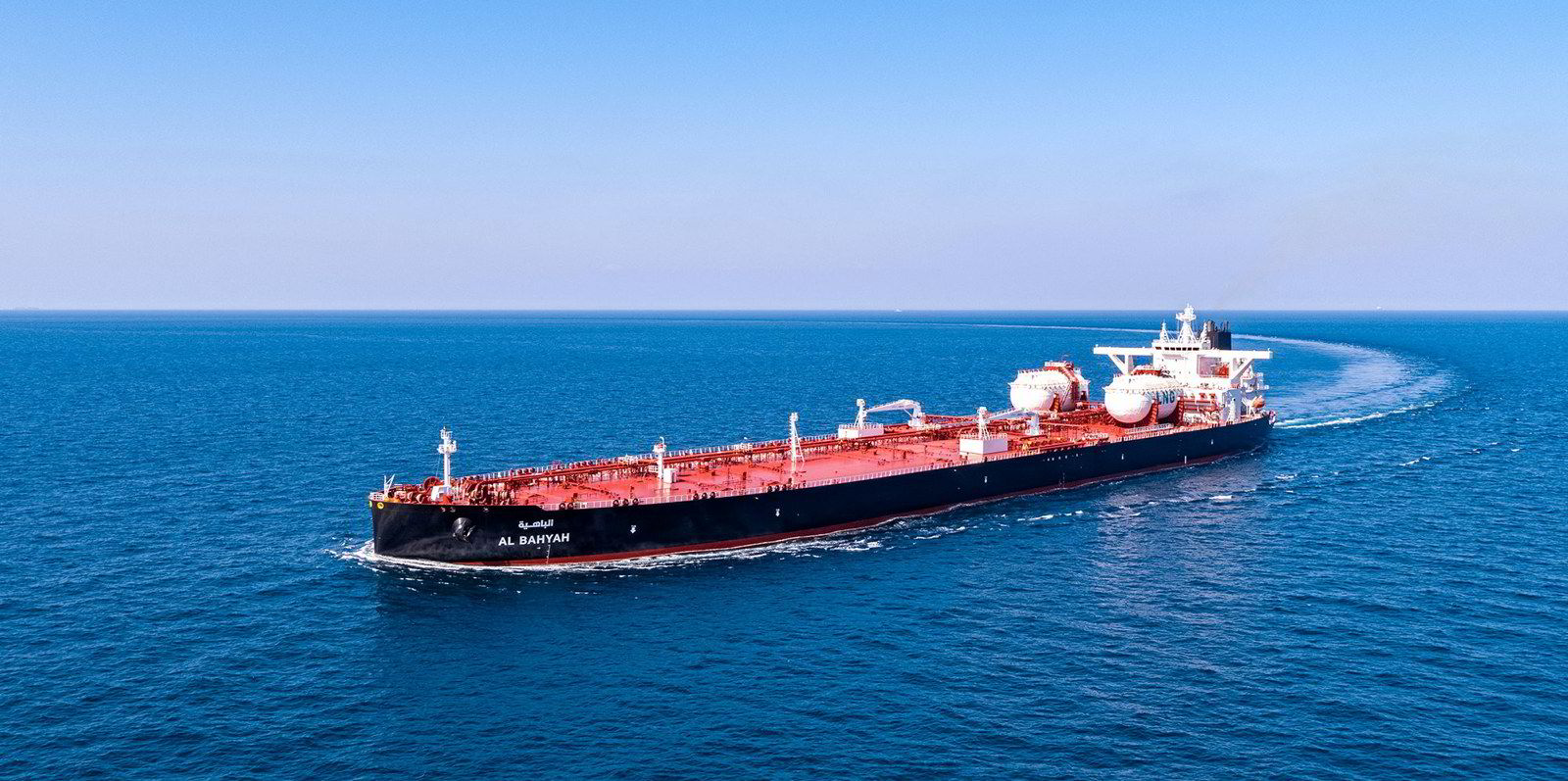Owners of ageing chemical tankers may opt for more lucrative sanctioned trades in the face of higher costs from carbon levies, shipbroker SSY says.
The International Maritime Organization has inched closer to agreeing on a mandatory global tariff on CO2 emissions.
While it is still far from final, some countries, led by Belize, have proposed a minimum emissions charge of $150 per tonne of CO2-equivalent from 2027.
Plamen Aleksandrov, head of chemical tanker research at SSY, said that in three years, at least 10% of the chemical tanker fleet will be 25 years old and above, but the portion of the inefficient, non-eco fleet will probably be twice as big.
“This would matter if the $150 charge on CO2 comes into force,” he added.
For J19 stainless steel ships of between 18,000 dwt and 22,000 dwt, the emission charge would be $19 per tonne of cargo carried from China to northern Europe for the less efficient tankers, SSY calculates.
This would compare with $13 per tonne for eco ships, assuming a voyage through the Suez Canal.
So this would be a $6 per tonne disadvantage for the older tankers, multiplied to an extra cost of $132,000 for a 22,000-dwt ship.
For a larger MR product tanker on the voyage from South Korea to the US Gulf via the Panama Canal, the CO2 charge would be about $13 per tonne for a non-eco ship, versus $7 for the more modern designs.
Rebates on the CO2 charges for more environmentally friendly vessels will further skew the market to their advantage, Aleksandrov believes.
On long-haul voyages, larger and more efficient ships like MRs will be preferred whenever possible, he argued.
“The CO2 charge per tonne of carried cargo will be a lot more palatable and easier to absorb,” the researcher said.
Operators of older, less efficient tonnage will have to lower their costs in order to be competitive, or be priced out of the market, Aleksandrov added.
This could mean employing less expensive labour and using cheaper capital.
“Some may redirect their ships to the sanctioned trades, where they would be able to fetch a premium,” he said. “However, most would have to either retrofit their ships with low-carbon solutions or scrap them.
“As usual, scrapping will probably be lower than projected and a lot will depend on the actual amount of the levy and how, when and where it will be implemented. But this is yet another factor that may keep the chemical tankers market tight for the foreseeable future.”
The researcher said the idea of taxing emissions has gathered support for several reasons.
“First, the revenue generated could be used to speed up the development of low or zero-carbon solutions to decarbonise the sector,” he added.
“Second, it would address and hopefully fix the economic externality of greenhouse gas emissions, by putting a price on it which would be paid ultimately by the end consumers of the transported goods.”
And the mechanism will naturally weed out the older and more inefficient vessels which would be less competitive than newer, more eco-friendly ones, he believes.
“Providing rebates on the carbon charges for the latter may strengthen the market incentive towards a more efficient fleet,” Aleksandrov said.
The researcher sees a mandatory charge as simply the most straightforward route to moving the industry further down the path of decarbonisation.






